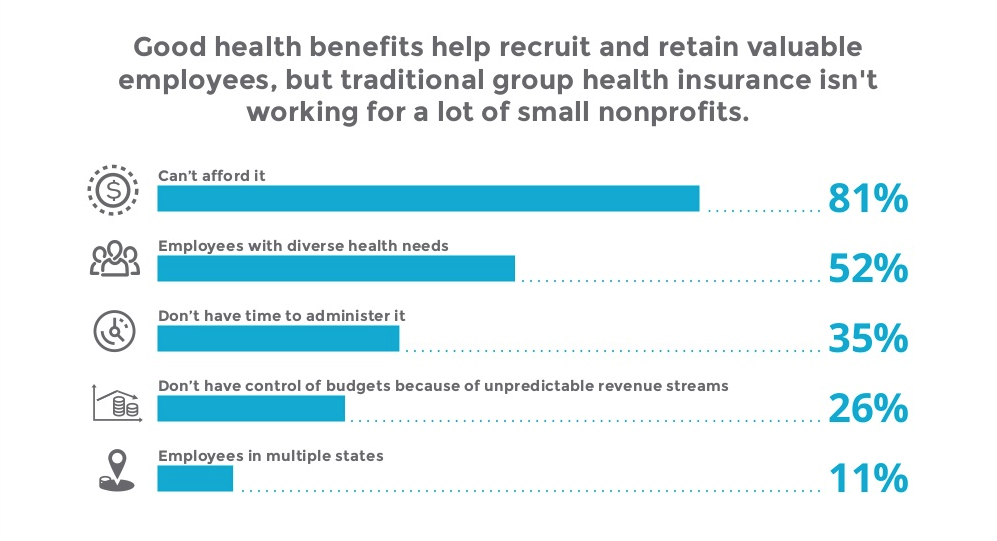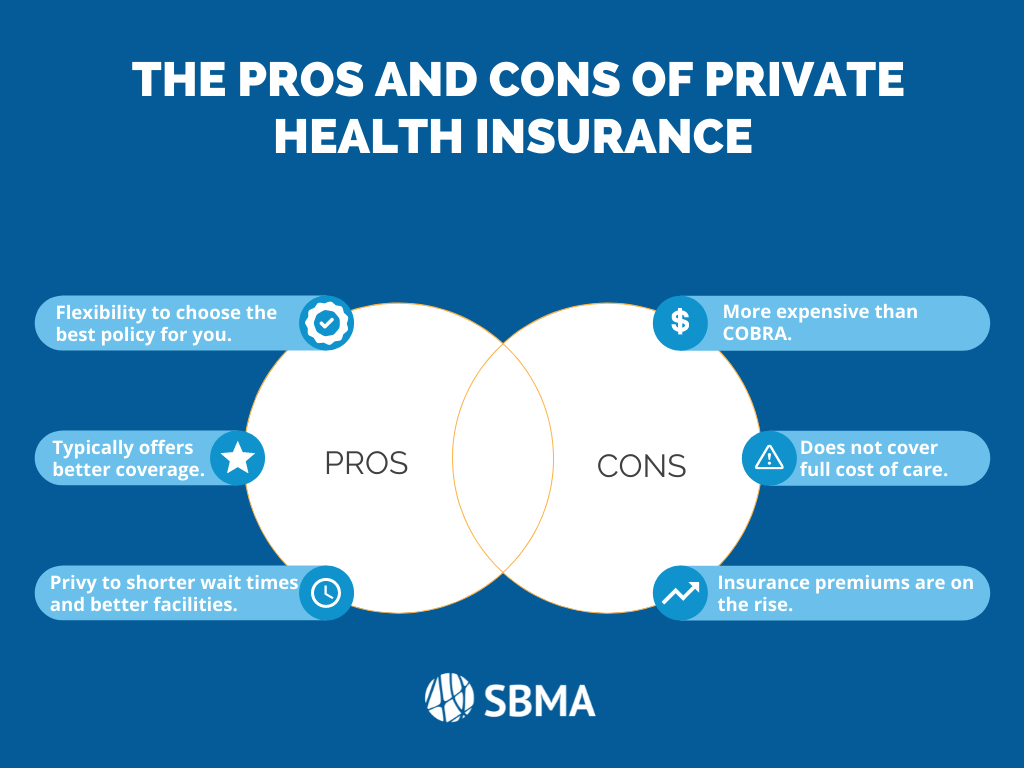The Of Medicare Advantage Agent
The Of Medicare Advantage Agent
Blog Article
The Of Medicare Advantage Agent
Table of ContentsThe Buzz on Medicare Advantage AgentThe Definitive Guide for Medicare Advantage AgentA Biased View of Medicare Advantage Agent

complies with from confusing the reasonably young age profile of the uninsured with the much better health, usually, of younger individuals. This obscures the web link between wellness condition and medical insurance. For those without access to office health and wellness insurance policy, bad health is a prospective barrier to purchasing nongroup protection since such coverage may be highly priced, leave out preexisting conditions, or be merely unavailable. The variety of uninsured Americans is not especially large and has actually not changed over the last few years. 7 out of ten respondents in an across the country representative survey assumed that fewer Americans lacked medical insurance than in fact do(Fronstin, 1998). Roughly half(47 percent )thought that the variety of people without medical insurance decreased or stayed consistent over the last fifty percent of the last decade(Blendon et al., 1999). This decrease of nearly 2 million in the variety of people 'without insurance coverage (a decrease
of around 4 percent)is certainly a positive modification. With a softer economic climate in 2000 the current reported gains in insurance protection might not proceed(Fronstin, 2001 ). The decrease in the number of without insurance will certainly not proceed if the economy stays slow-moving and health care costs continue to surpass inflation. This is since the information were accumulated for a duration of solid financial efficiency. Of the approximated 42 million people who were uninsured, all however concerning 420,000(concerning 1 percent)were under 65 years old, the age at which most Americans become eligible for Medicare; 32 million were adults between ages 18 and 65, about 19 percent of all grownups in this age; and 10 million were kids under 18 years of age, about 13.9 percent of all children (Mills, 2000). These estimates of the variety of individuals without insurance are produced from the annual March Supplement to the Current Population Study (CPS), performed by the Demographics Bureau. Unless otherwise noted, national price quotes of individuals without medical insurance and percentages of the population with different kinds of coverage are based on the CPS, one of the most commonly made use of source of estimates of insurance coverage and uninsurance prices. These studies and the estimates they yield are defined briefly in Table B. 1 in Appendix B - Medicare Advantage Agent. These surveys differ in size and sampling approaches, the inquiries that are inquired about insurance policy
The Best Guide To Medicare Advantage Agent
coverage, and the time duration over which insurance coverage or uninsurance is measured(Lewis et al., 1998, Fronstin, 2000a ). Still, the CPS is especially useful due to the fact that it produces annual quotes fairly promptly, reporting the previous year's insurance coverage approximates each September, and due to the fact that it is the basis for a constant set of price quotes for more than 20 years, enabling evaluation of patterns in coverage in time.

The Basic Principles Of Medicare Advantage Agent
Over a three-year duration beginning early in 1993, 72 million individuals, 29 percent of the united state population, were without protection for at least one month. Within a single year(1994), 53 million individuals experienced at least a month without insurance coverage(Bennefield, 1998a). Six out of every ten uninsured grownups are themselves used. Although functioning does improve the probability that and one's family participants will certainly have insurance policy, it is not an assurance. Even participants of family members with 2 permanent breadwinner have nearly a one-in-ten chance of being uninsured (9.1 percent without insurance rate)(Hoffman and Pohl, 2000 ). The partnership between medical insurance and access to care is well developed, as documented later in this chapter. Although the connection between medical insurance and health results is neither straight neither basic, a considerable professional and wellness solutions study literature web links medical insurance protection
to improved accessibility to care, better high quality, and enhanced personal and populace health and wellness status. The second record, on individual health and wellness results for uninsured adults, is stood for by the innermost circle of the number, while the 3rd record, on household wellness, incorporates the topics of the 2nd report however emphasizes a different device of analysis, particularly, the family. The 6th report in the series will provide information regarding techniques and campaigns undertaken locally, statewide, or country wide to deal with the lack of insurance policy and its unfavorable impacts. Levels of analysis for analyzing the impacts of uninsurance. This discussion of medical insurance coverage concentrates mostly on the U.S. population under age 65 because virtually all Americans 65 and older have Medicare or other public insurance coverage.
Moreover, it focuses especially on those without any medical insurance for any kind of length of time. The troubles dealt with by the underinsured remain in some areas comparable to those encountered by the without insurance, although they are generally much less severe. Uninsurance and underinsurance, however, include distinctly different plan issues, and the approaches for resolving them might vary. Throughout this research study and the five records to comply with, the primary emphasis is on persons without medical insurance and hence no help in paying for health care past what is offered through charity and safety internet establishments. Health insurance policy is an effective variable impacting invoice of care because both patients and medical professionals reply to the out-of-pocket cost of services. Health and wellness insurance, nevertheless, is neither required nor enough to access to clinical services. The independent and direct result of health and wellness
insurance coverage protection access to health wellness solutions well establishedDeveloped Others will obtain the health and wellness care they require even without medical insurance, by paying for it expense or seeking it from service providers who supply treatment totally free or at highly subsidized rates. For still others, medical insurance alone does not guarantee invoice of treatment Source because of other nonfinancial barriers, such as an absence of wellness treatment carriers in their neighborhood, minimal access to transportation, illiteracy, or etymological and social differences. Formal research study concerning without insurance populations in the USA dates to the late 1920s and very early 1930s when the Committee on the Price of Healthcare created a series of reports concerning financing medical professional office sees and hospital stays. This issue have a peek at this site ended up being significant as the varieties of medically indigent climbed during the Great Clinical depression. Empirical researches continually sustain the link between access to care and enhanced health and wellness results(Bindman et al., 1995; Starfield, 1995 ). Having a normal resource of care can be considered a predictor of gain access to, as opposed to a straight action of it, when health outcomes are themselves used as gain access to signs. This extension of the notion of gain access to dimension was made by the IOM Board on Monitoring Gain Access To to Personal Health And Wellness Care Solutions(Millman, 1993, p. Whether or not moms and dads are guaranteed shows up to impact whether their kids receive care along with just how much careeven if the kids themselves have protection(Hanson, 1998). The health and wellness of parents can affect their capacity to care for their youngsters and the degree of household tension. Stressing over their youngsters's access to care is itself a source of stress and anxiety for moms and dads. Three chapters adhere to in this report. Chapter 2 gives a review of exactly how employment-based medical insurance, public programs and individual insurance plan operate and interact to give considerable yet incomplete coverage of the united state populace. This consists of a testimonial of historical trends and public laws impacting both public and personal insurance, a conversation of the communications among the various sorts of insurance, and an evaluation of why people move from one program to an additional or end up

Report this page